Production increased by 113% quarter-on-quarter to 2.71 million tonnes. However, there was a 12% year-on-year decline. Updates were also provided on the Sishen and Kolomela mines. These mines were reported to have achieved 75 per cent of the Initiative for Responsible Mining Assurance (IRMA) comprehensive mining standard.
The four-part Simandou project, a joint venture between Rio Tinto, Chalco Iron Ore Holdings (CIOH) and the Government of the Republic of Guinea, is reported to be experiencing problems. Among the main factors hindering the progress of the project are ownership disputes between Rio Tinto and other partners. In addition, economic problems are also among the factors that make the continuation of the project difficult.
Details about the Zanaga Project in Democratic Congo were also shared. The Zanaga Project is planned as a large-scale iron ore mine, processing and infrastructure facility that will produce 30 million tonnes of high quality iron ore (pellet feed) concentrate annually over a 30-year mine life. The project aims to secure financing at favourable market conditions and is poised to move forward on the development path.
MinRes' Onslow Iron project plans to provide early ore shipments to Chinese company Baowuya. The project is known to consist of phases such as the discovery of iron ore reserves, planning and implementation of mining activities, assessment of environmental impacts and implementation of sustainability measures. The MinRes transshipment vessel loaded approximately 113,000 wet metric tonnes of iron ore onto a bulk carrier moored 40 km off Ashburton Harbour in New Zealand.
Located in Africa, the Western Range Project is known to be an iron ore project located in Sierra Leone. It was announced that the said project is managed by African Minerals Limited (AML), located in the mining company Sierra Leon.
In the Falémé iron mines in Senegal, it was announced that the exploration of high-grade oxide ores has begun. Proven, mineable reserves are known to amount to 260 million tonnes of coarse-grained magnetite with an average iron content of 45% and 340 million tonnes of oxide ore with an average iron content of 59%.
The iron ore reserves found in the Liganga and Mchuchuma regions in South-East Tanzania present a significant opportunity to boost the country's industrial potential, with the projects reportedly aiming to stimulate economic growth by increasing Tanzania's iron ore production. The Liganga and Mchuchuma iron ore projects aim to develop Tanzania's rich iron ore reserves and plan to utilise iron ore production to meet Tanzania's various infrastructure needs.


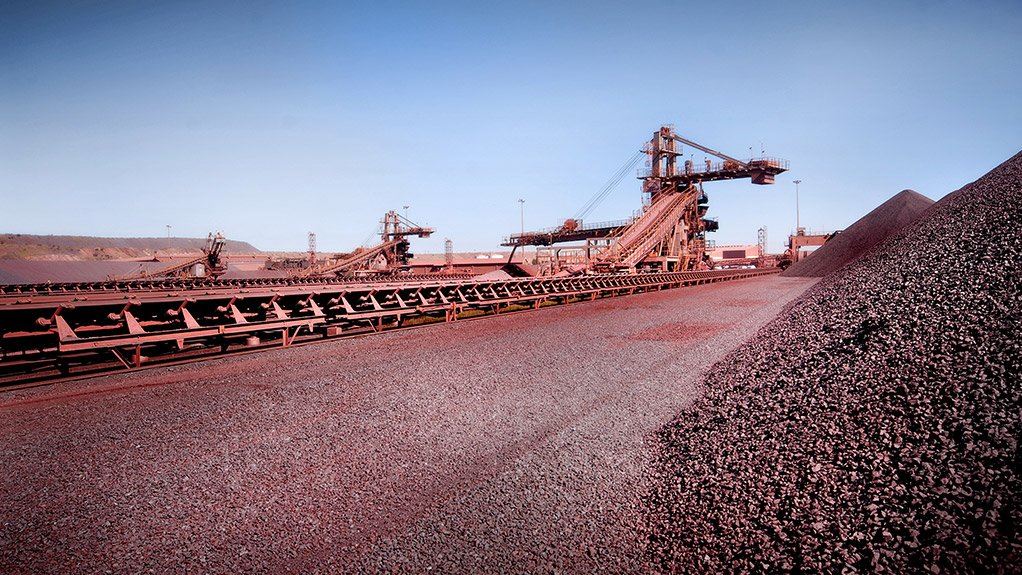

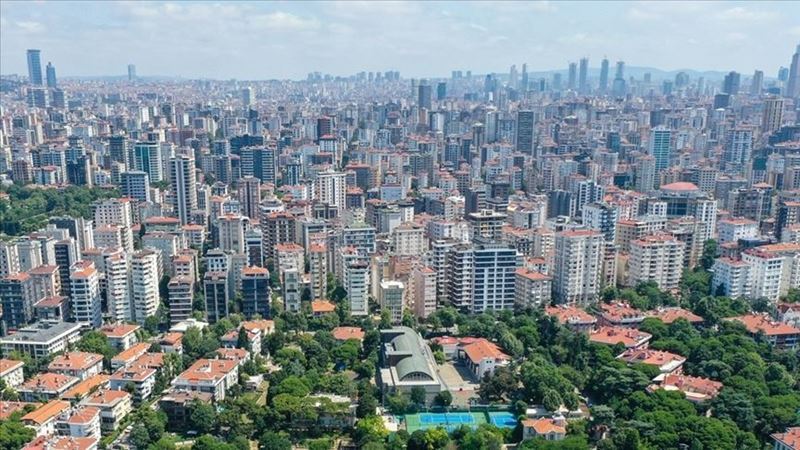
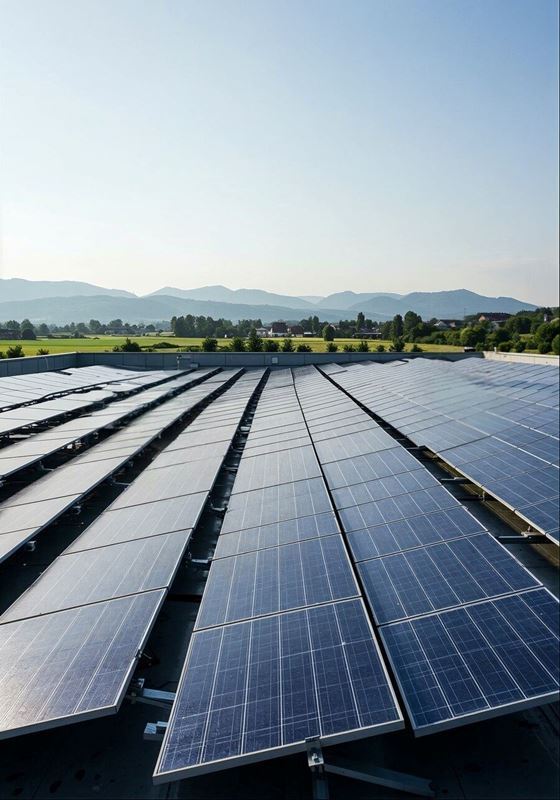
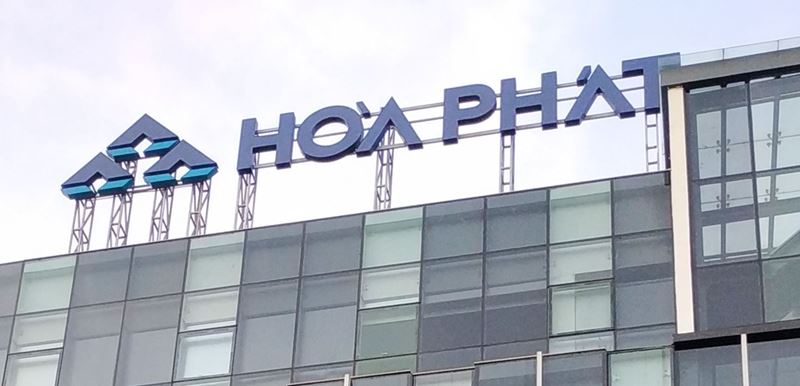
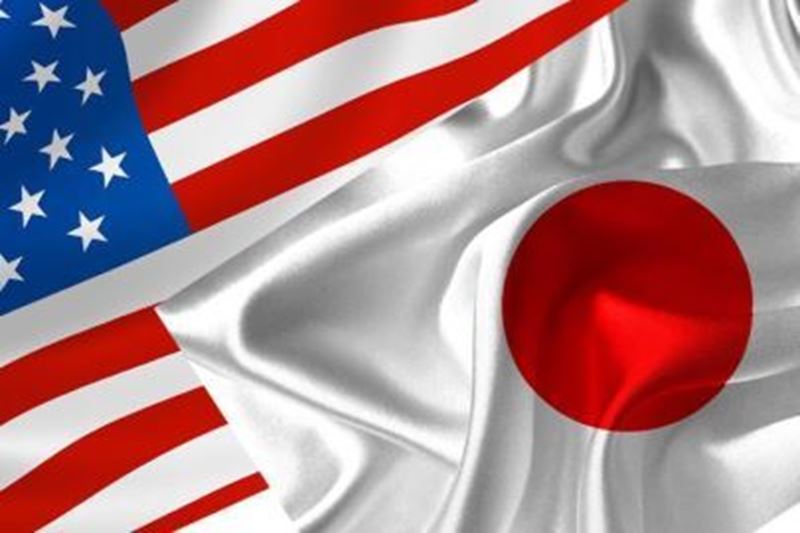
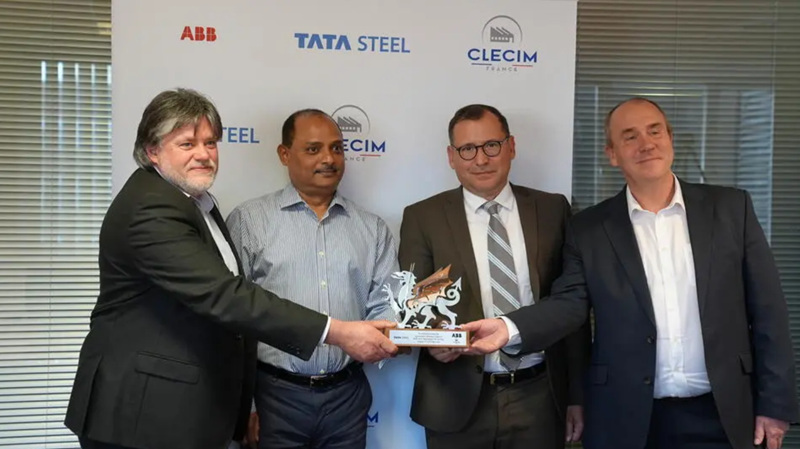


Comments
No comment yet.